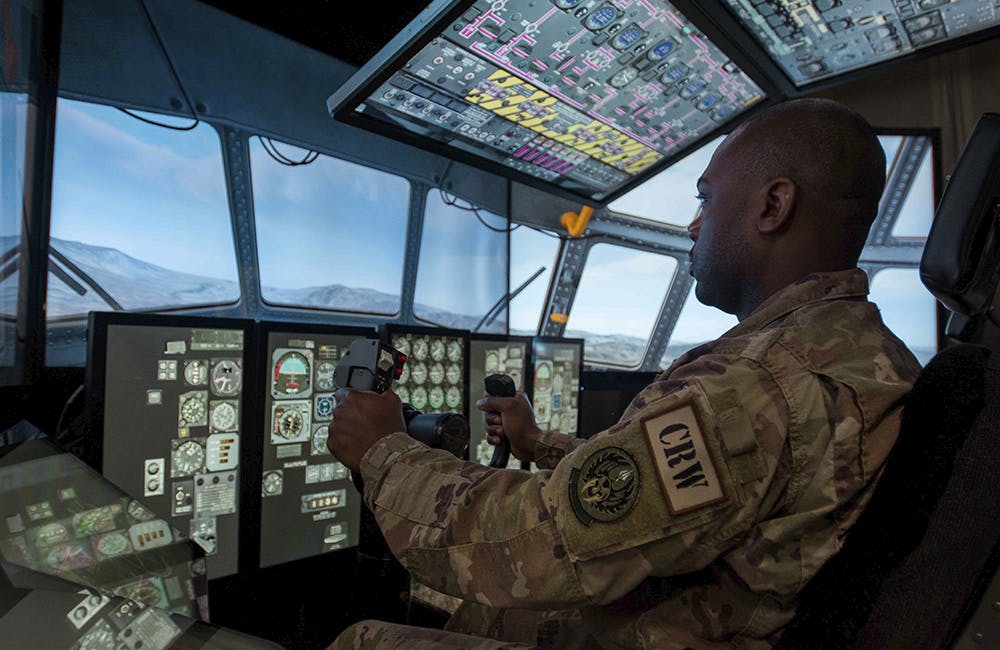RPA, AI Vital to Data Operations at DOD
RPA and AI enables a widespread data fabric to provide cleaner and more secure access to data.

Gathering massive amounts of information from multiple different places can be a daunting task. However, federal agencies are finding reprieve thanks to robotic process automation.
At the Defense Department, RPA and artificial intelligence is helping to clean and index these various sources of data and present it to users in a more accessible and secure manner.
RPA is helping the U.S. Air Force to work with data particularly on legacy systems.
“We view RPA as a glue that is able to take records from different systems and pull them together for fusion and then help us make sense of that without having to fully extract data from a legacy source,” Jay Bonci, CTO at the Air Force, said during the Federal News Network webinar.
The Air Force has six major data platforms between cyber, business and the space domains. Over the next year, it’s looking to bring those together in a data fabric to ensure consistent access, fusibility between domains and consistent security standards.
Top of mind for the secretary and undersecretary is how they ethically handle medical personnel data and how they strike the right balance between their legal obligations but also their moral obligations around privacy.
“That’s something that we are spending a lot of time on, trying to make sure we get the policy and technology pieces right. Having medical data at hand is unique to the military and is a core part of readiness for many reasons, but we also have to make sure we modernize that as well, Bonci said.
In the end Bonci wants to apply AI and machine learning to all the areas that involve the true scale of military. There are AI applications inside of weapons systems around the way information is gathered from worldwide sensors, he noted. In the cyber arena, the challenge is constantly evolving.
“To be able to rise to meet that challenge we’re going to need have automated defenses that can make sense of highly noisy, varied traffic with the intent to confuse and deceive,” Bonci said. “When we look at those areas, we are attempting to reduce some of the challenges of scale through our centralized enterprise services by making sure we have good data platforms that secure the data that we’re able to move data between classification levels and have freedom to fuse the right data and make sure that we give future airmen the tools they need to be an AI-ready force.”
This is a carousel with manually rotating slides. Use Next and Previous buttons to navigate or jump to a slide with the slide dots
-

Rising Threats Push Agencies to Revamp Cyber Defenses
NIST and DHMS officials boost data security with the evolution of CSF 2.0 and push toward attribute-based access control amid the rise of AI.
3m read -

Driving Mission Impact with Scalable AI
IT leaders explore AI innovation, development and integration into cloud environments to drive operational excellence.
15m watch -

Mark Green: ROTC-Like Program, Automation Can Impact Federal Cyber
Policies like the proposed Cyber PIVOTT Act could be critical boosts to federal cybersecurity challenges fraught with compliance burdens.
5m read -

Kratsios Brings AI, 5G, Future Tech to OSTP Forefront
The former federal CTO's return to the White House signals renewed push for U.S. innovation in emerging technology.
3m read








